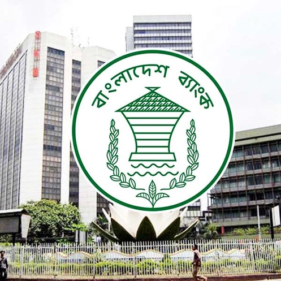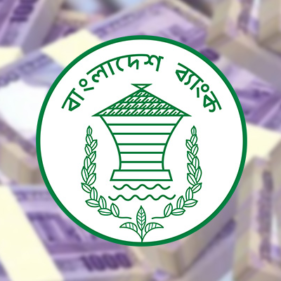In a groundbreaking transfer, the central financial institution has taken a major step in direction of transparency by unveiling complete information on distressed property throughout the banking sector.
This growth sheds gentle on the systemic points which have lengthy been a focus of public discourse, with headlines usually dominated by tales of irregularities and scams which have plagued the business.
This unveiling of knowledge comes as a direct results of circumstances imposed as a part of an Worldwide Financial Fund (IMF) mortgage amounting to $4.7 billion. The historic observe of the Bangladesh Financial institution releasing solely partial figures on distressed property has now advanced right into a extra complete method, offering a clearer and extra detailed understanding of the sector’s well being.
The just lately launched Monetary Stability Report 2022 by the Bangladesh Bank offers an intricate snapshot of the Banking Sector panorama. Distressed property throughout the sector reached a staggering Tk 3,77,922 crore by the shut of the previous 12 months.
This complete determine encompasses the mixed weight of non-performing loans (NPLs), excellent rescheduled loans, and written-off loans, providing a extra holistic evaluation of the business’s challenges.
Throughout the context of the 12 months 2022, the report highlights particular figures that contribute to this substantial quantity. NPL alone stood at Tk 120,649 crore, a major indicator of the sector’s underlying stresses.
Moreover, the excellent rescheduled loans amounted to Tk 212,780 crore, underscoring the complexity of managing loans throughout the sector. Accompanying these figures is the notable inclusion of excellent written-off loans, which tallied to Tk 44,493 crore. This complete portrayal marks a departure from earlier reporting practices, which solely supplied fragmented insights into the rescheduled and written-off mortgage elements.
Banking Sector Dispute: Mortgage Rescheduling’s Controversial Burden and Dynamics
A senior official throughout the central financial institution emphasised the worldwide norm of mortgage rescheduling and the truth that solely a minor proportion of such loans are categorized as regarding. Nonetheless, a differing viewpoint emerges from the Banking Sector group, with many expressing considerations that rescheduled loans place an undue burden on monetary establishments.
The report additionally reveals that the 12 months 2022 noticed a report degree of mortgage rescheduling, with banks collectively rescheduling a powerful Tk 63,720 crore. This statistic serves as an extra layer of perception into the evolving dynamics of the sector.
Whereas official figures point out NPLs at Tk 120,649 crore, it is vital to notice that an nameless central financial institution insider means that the precise determine could also be even greater as a consequence of potential underreporting by some banks.
Syed Mahbubur Rahman, the managing director of Mutual Trust Bank, drew consideration to the formidable problem posed by the excellent rescheduled loans, which amounted to Tk 212,780 crore. He highlighted that a few of these rescheduled loans might not absolutely return to the banks, underscoring the necessity for collective efforts to expedite mortgage restoration for the sector’s general enchancment.
Anis A Khan, a outstanding determine within the Banking Sector group, acknowledged the accuracy of the information supplied by banks because of the regulatory supervision enforced. He additionally provided an insightful perspective, suggesting that whereas some loans are restructured for the nation’s profit, the observe is especially pushed by the broader pursuits of the Banking sector.
Specialists and insiders collectively agree that the situation of the banking sector is deteriorating, necessitating stringent measures for revival.
The challenges prolong past mere information disclosure and contain intricate issues akin to distinguishing between good and dangerous debtors, grappling with unresolved default circumstances, and tackling cases of insider lending amongst administrators. Because the sector navigates this advanced terrain, the publication of complete information presents a glimmer of transparency in a panorama usually clouded by opacity.









